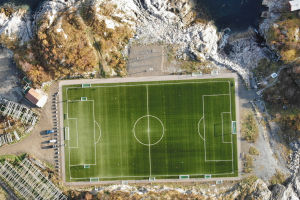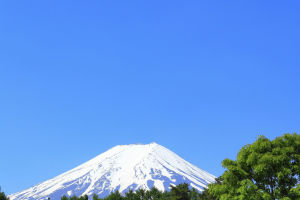The coastline is a fascinating and ever-changing boundary that separates the sea and land. Defined as the line that connects the furthest points where seawater reaches the land, this boundary is constantly in flux due to the fluctuation of tides and storm surges.
In reality, the coastline is not a fixed line, but rather a collection of countless sea-land dividing lines between high and low tides, representing a strip in space.
Coastlines come in different shapes and sizes, some being straight while others are winding. The coastal line is usually divided into two categories - island coastlines and continental coastlines. The winding coastline is ideal for the development of marine transportation, enabling the creation of excellent ports and boosting economic growth.
Apart from promoting maritime transportation, coastlines play a significant role in the economy, culture, environment, and other aspects of human life. The scenic beauty of the coastline attracts tourists and vacationers, driving local economic development.
Coastal regions are also critical areas of biodiversity and serve as habitats for a variety of endemic plants and animals. Therefore, it is crucial to protect the ecological environment of the coastline and maintain the balance of the marine ecosystem.
The coastline is a scarce and strategic resource that plays an essential role in local economic construction, social development, and the improvement of people's living standards. It is also an important factor in disaster prevention and mitigation.
Coastlines act as natural barriers, protecting inland areas from ocean erosion and storm surges. Building embankments, breakwaters, and other structures on the coastline can effectively prevent seawater from invading inland areas.
Once the coastline is destroyed, it not only loses its natural beauty, but also poses a threat to human life and production when disasters such as earthquakes, tsunamis, and typhoons occur. Therefore, protecting the coastline is critical to preserving our "lifeline".
In summary, the coastline is a valuable resource with multiple functions and values. As the boundary line between the ocean and land, it has significant ecological and geographical significance and plays a critical role in cultural, economic, and environmental development.
The sustainable utilization and protection of coastline resources should be a priority to achieve the harmonious development of the economy, society, and ecology. Only by doing so can we preserve the natural beauty of the coastline, maintain the balance of the marine ecosystem, and ensure the safety and prosperity of our coastal communities.
Furthermore, the importance of the coastline goes beyond its role as a dividing line between the sea and the land. The coastline is also a crucial source of renewable energy.
Offshore wind farms and wave power plants are being developed along the coastline, taking advantage of the strong winds and waves generated by the ocean. Harnessing these renewable energy sources can significantly reduce our dependence on fossil fuels and mitigate the impacts of climate change.
The coastline is also a source of cultural heritage. Coastal communities have their unique customs, traditions, and ways of life that are closely tied to the sea.
Fishing, aquaculture, and seafaring are essential parts of the coastal economy and culture, providing livelihoods for millions of people worldwide. Preserving the cultural heritage of coastal communities is crucial to maintaining their identity and ensuring the sustainable development of their economies.
The coastline is a valuable resource with multiple functions and values. Protecting and utilizing the coastline sustainably is essential to achieving the harmonious development of the economy, society, and ecology.
We must recognize the importance of the coastline beyond its role as a dividing line between the sea and the land and embrace its potential as a source of renewable energy and cultural heritage. Only by doing so can we ensure the safety and prosperity of our coastal communities while preserving the natural beauty and balance of the marine ecosystem.


